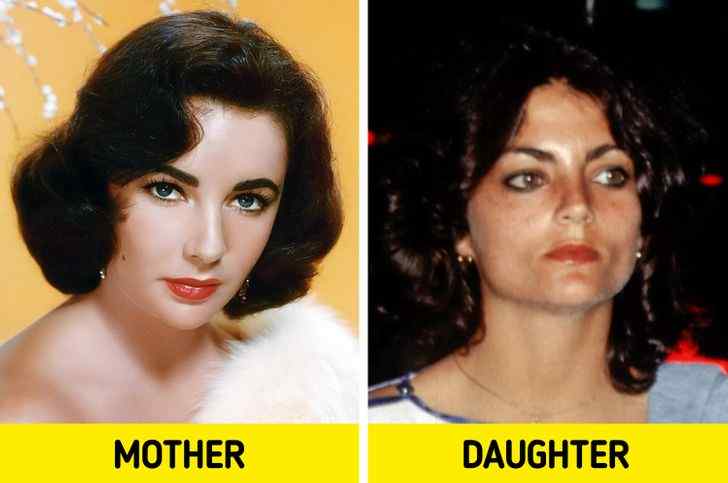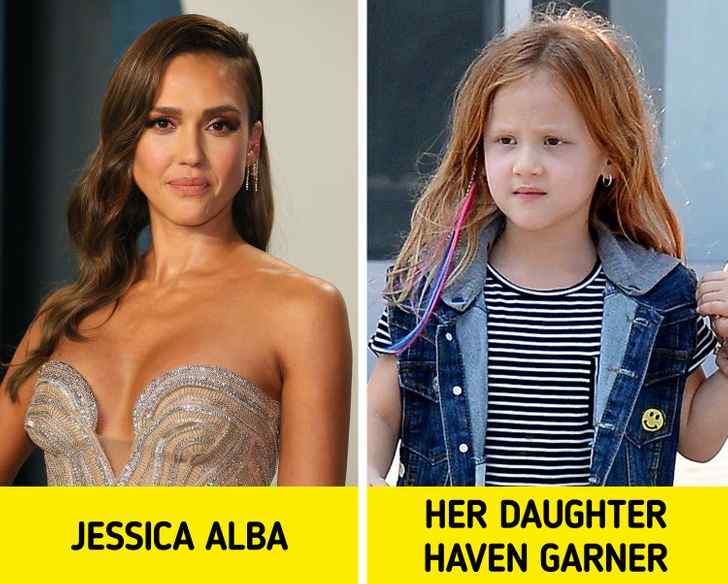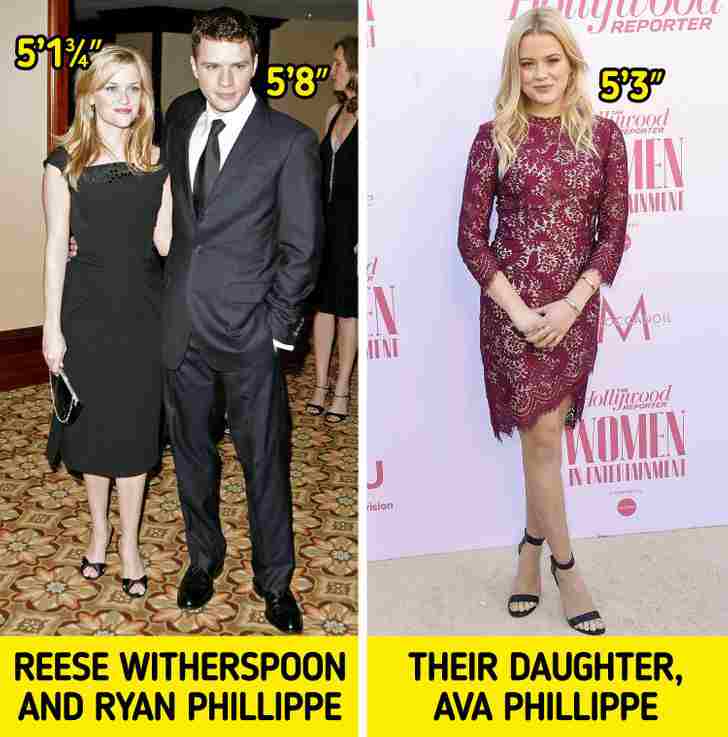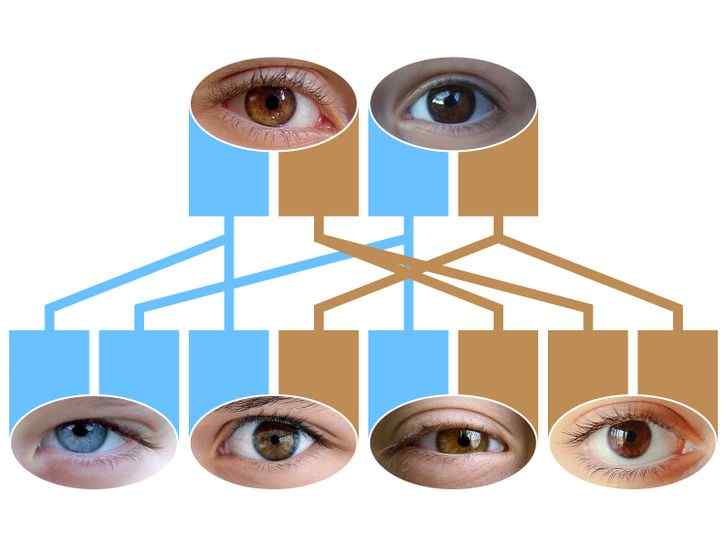![rh]](https://www.theemergingindia.com/wp-content/uploads/2021/09/rh-696x365.jpg)
Given that we receive DNA directly from our parents and that 99.9% of our DNA is the same as everyone else’s, it appears that blood relatives should be like peas in a pod. For many of us, though, this is just not the case. So, why do some kids don’t resemble their parents?
Non-genetic factors

It is a well-known fact that our appearance is determined by our genes. But, before we get into how that happens, there are a few additional variables that can cause your child to appear different. One of them is the mother’s diet during her pregnancy. For instance, if it is unhealthy and the expectant parent consumes too much junk food, the child may become obese in the future.
Furthermore, if you believe your child does not resemble you, you should evaluate whether any external circumstances may be influencing your own looks. For example, if you spend a lot of time in the sun, your skin will naturally darken, your hair may lighten, and you may develop freckles.
(Almost) everything is explained by science.

An embryo possesses DNA from both parents from the moment it appears, but this does not indicate that the infant will look exactly like either of them. Some alleles (gene variants) are dominant, meaning they show up, while others are recessive, meaning they are hidden but nonetheless passed down to your offspring.
However, it gets much more interesting: many genes interact with one another, causing their effects to be amplified, diminished, or even switched off. So, even if we meticulously investigate the genomes of the parents, we won’t be able to precisely forecast the traits of the children.
Why is your child’s hair different?

We all have a lot of genes that influence the colour, shape, and other characteristics of our hair. Melanocytes – melanin-producing cells — are controlled by the genes that determine hair colour (along with eye colour and other factors). As a result, your baby’s hair colour and structure will be determined by the gene mix, which may resemble one of the parents’ hair hues or fall somewhere in the middle.
Furthermore, don’t panic if your child’s hair doesn’t look anything like yours: hormones and other factors might cause it to change over time. Look through your childhood images to see if there are any parallels.
The potential for growth is also determined.

Scientists believe that a person’s height is determined by 80% of the DNA inherited from their parents. The remaining 20% is made up of genetic mutations and environmental variables (childhood nutrition, illnesses, and so on). Even so, you can use this method to estimate your child’s adult height:
Add the mother’s and father’s heights together.
For boys, add 5 inches (or 13 cm), while for girls, subtract the same quantity.
Divide the result by two.
The colour of your eyes is more complicated than it appears.

People used to believe that eye colour was determined by a single gene, and that if one parent has blue eyes and the other has brown eyes, the infant would have brown eyes as well. However, the reality is more intricate, and this feature of appearance is influenced by several genes. Even though it’s rare, a baby born to two blue-eyed parents can have brown eyes and vice versa.
It’s also important to understand that you won’t be able to see your baby’s eye colour right away: it usually doesn’t appear until approximately a year after birth, and most newborns’ eyes seem blue before then.
Examine the situation objectively.

Finally, your child may resemble you more than you realise. For example, there is an old (but still prevalent) assumption that infants resemble their dads more, yet research reveals that in most cases, infants resemble both of their parents equally. Furthermore, your child may have inherited additional personal characteristics from you. After all, physical appearance isn’t everything.
Additional information regarding human DNA.
One in every four people has a gene that causes them to sneeze when they are in bright light.
Not only can a mother’s lifestyle influence a child’s development; fathers’ bad behaviours may alter their DNA and be handed on to their children and grandkids, resulting in a variety of health issues.
Only around 5% of the population has the celiac disease genetic type (genes that cause gluten intolerance), but roughly 40% of those who have it develop symptoms.
In your family, who do you resemble the most?
Preview photo credit Screen Prod / Photononstop / East News, Ron Galella / Ron Galella Collection / Getty Images
